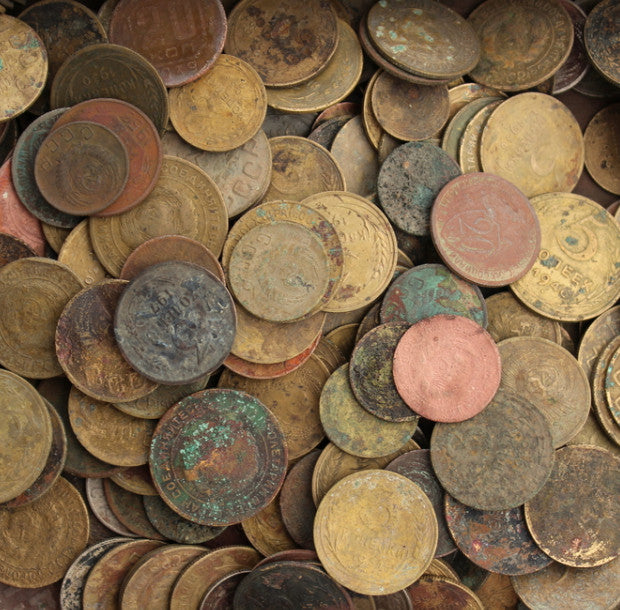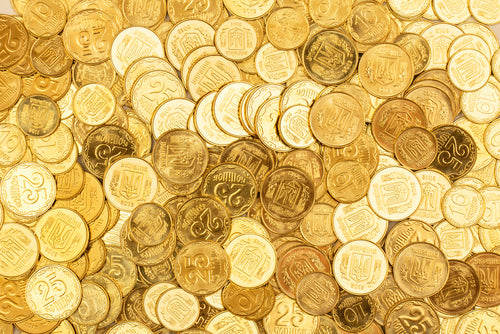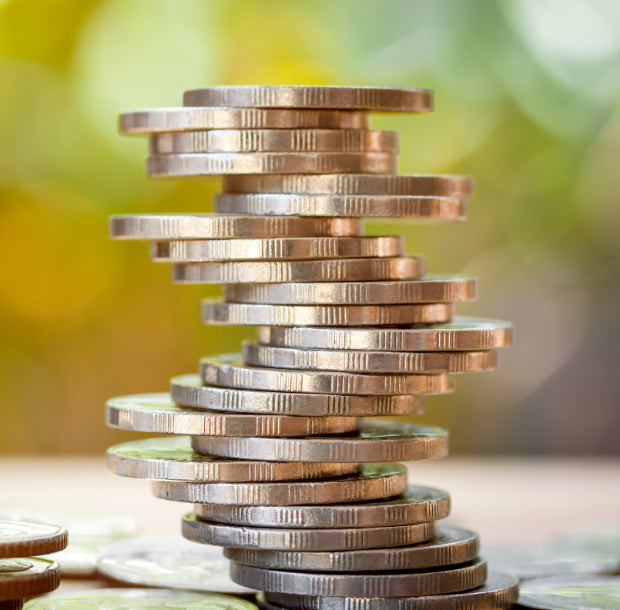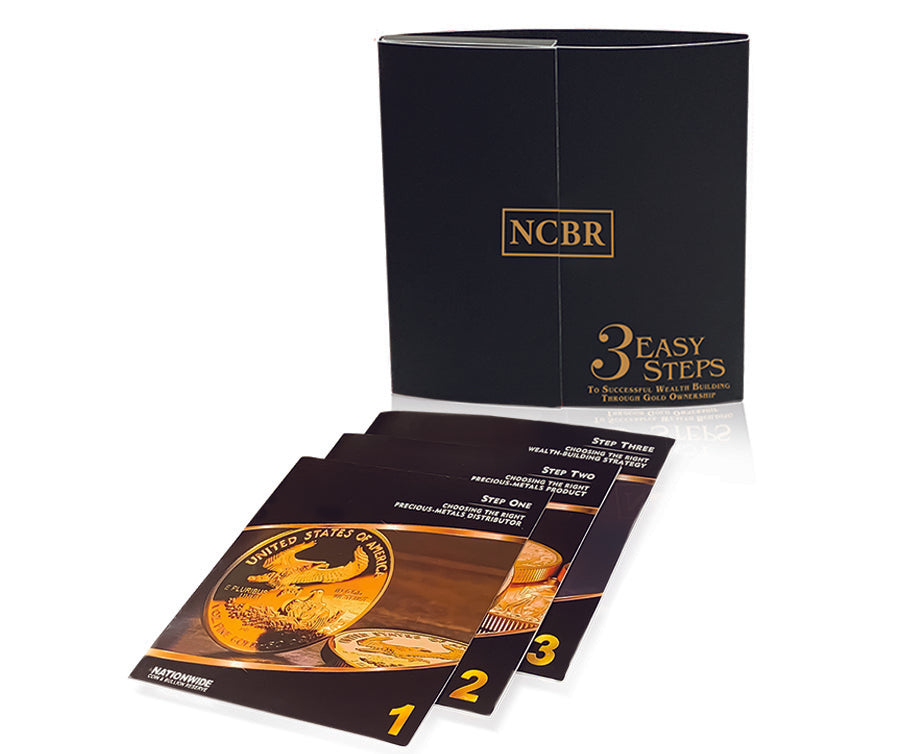The idea that an artifact so small could contain such large amounts of value is one of the main reasons so many coin collectors enjoy the hobby. Many may remember the first time they heard about the 1943-D copper penny and may have even gone to look through spare change in hopes of finding one. If you did this, you likely didn’t find the 1943-D penny, but perhaps you encountered a few wheat pennies and a buffalo nickel which are rare enough to have piqued your interest. But what really makes coins valuable?
WHAT MAKES COINS VALUABLE?
Several different factors make coins more or less rare and therefore valuable. Factors like mintmark, scarcity, precious metal content, and historical circumstances surrounding the creation of the money are significant factors in a coin’s value.
DATE AND MINTMARK
The date that a coin was minted as well as the origin mint are two important factors. When we speak of the date, it’s not enough for a coin to just be old. The date that it was minted is generally an important date, such as in the 1943 copper penny example. Why 1943? Because all the copper during that year was going to manufacture bullets for WWII. So instead of copper, the mints used steel which is why a copper penny from 1943 is so rare and steel pennies are more common.
The mintmark generally appears as a letter on the face of any coin as a “P, D” or “S,” which stands for Philadelphia, Denver, and San Francisco. At any given year, one mint is responsible for producing more of a particular coin than the rest of the other mints are. In the event that the quantity is so low, those coins become rarer and, therefore, more valuable.
RARITY
The rarity of a coin is determined by a combination of the prior two points: date and mintmark. Once all the coins are struck at a given mint, the supply is fixed, and no more coins will be minted. It’s important to bear in mind that coins get lost, destroyed, or melted down for the precious metals content. This reduces the supply of a given coin in a way that is nearly impossible to account for.
CONDITION
As a rule of thumb, the more uncirculated the coin is, the more valuable it will be. Many collectors will pay an immense premium for coins that appear as if they were never circulated. While a coin may still be “rare,” a poor condition rating will eliminate the lion’s share of the coin’s value.
PRECIOUS METAL CONTENT
Coins minted prior to 1965 contain about 90% silver which means that today’s melt value is worth well over face value. Other coins, such as the Morgan Silver Dollar, purposefully used large amounts of silver to actually hold value in the coin. Morgan dollars in 2022, for example, are worth about $19 merely because of their silver content.
HISTORICAL CONTEXT
The historical context of the coin can also play a prominent role in its value. For example, the 1943 penny is so valuable because of the copper shortage during WWII. Other coins, such as those minted during the Civil War, have extra value because of their historical significance.
If you have any questions about rare coins, especially gold and silver coins, our Nationwide experts stand ready to answer your questions.
**Prices stated in this article are subjective and not intended to project actual value. All coin prices are dependent on several factors including and notwithstanding, condition, demand and availability, just to mention a few.
Real Time Precious Metals Data Below







